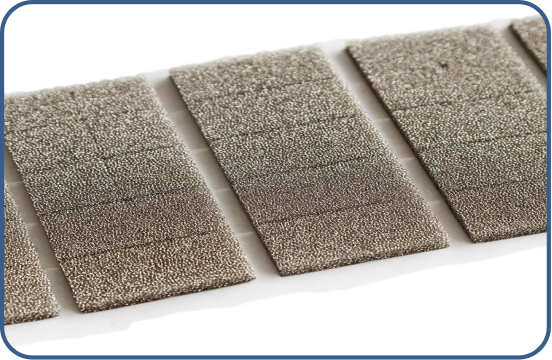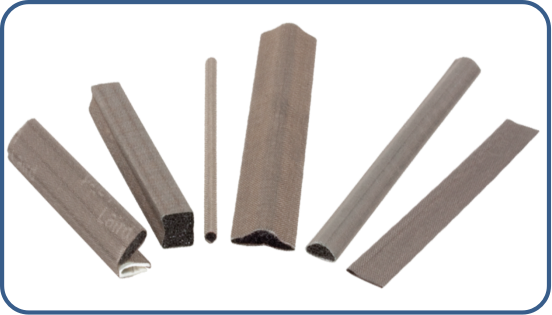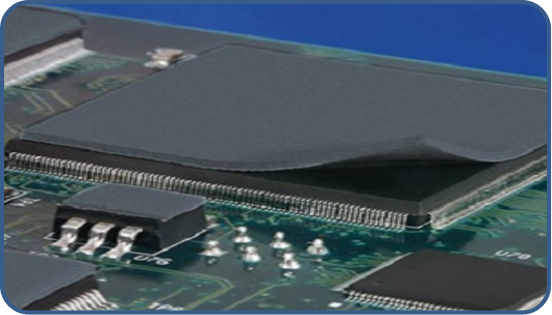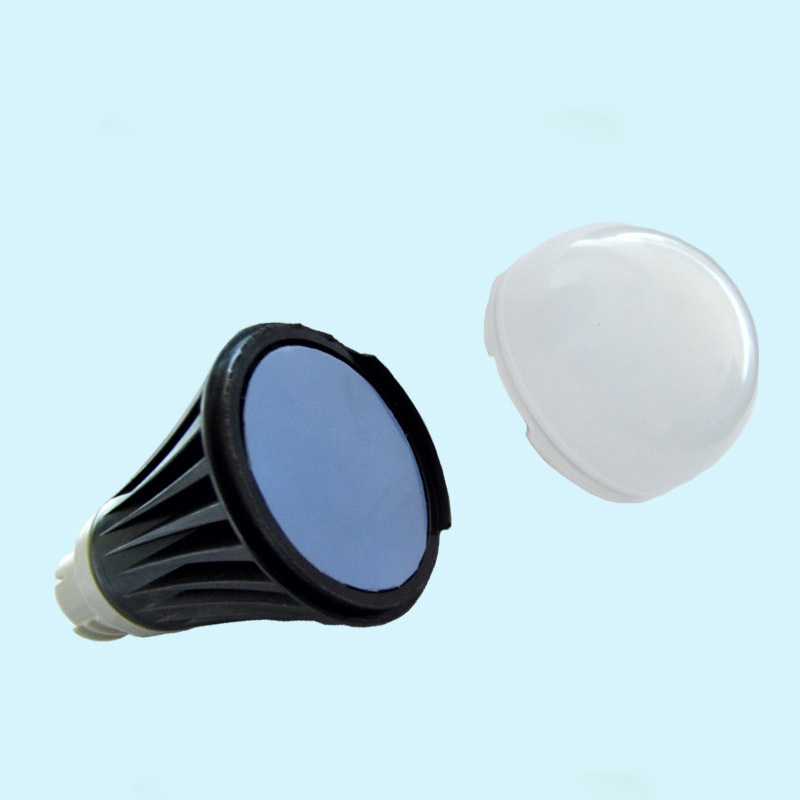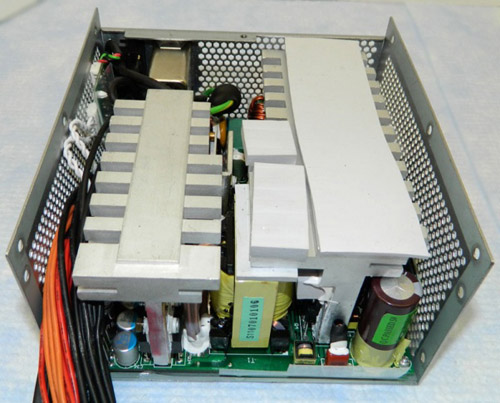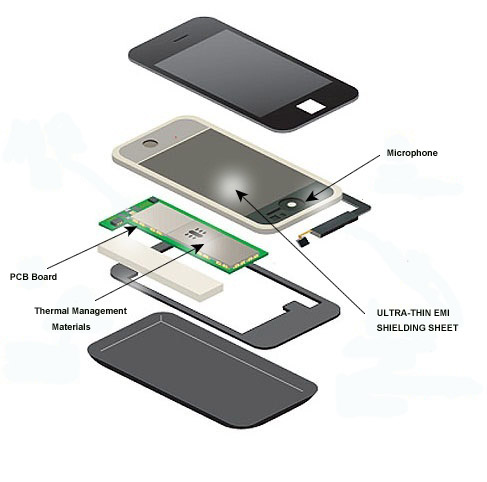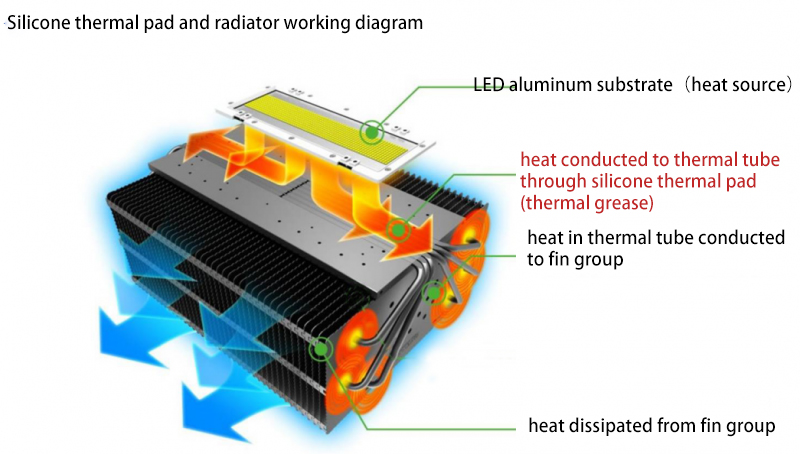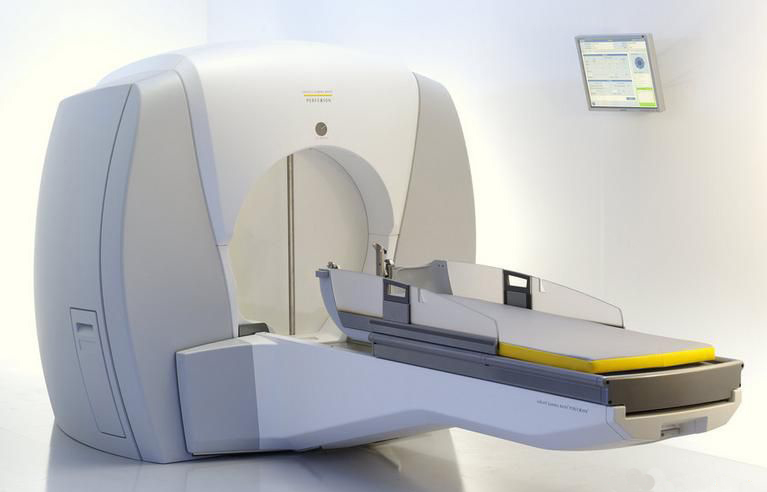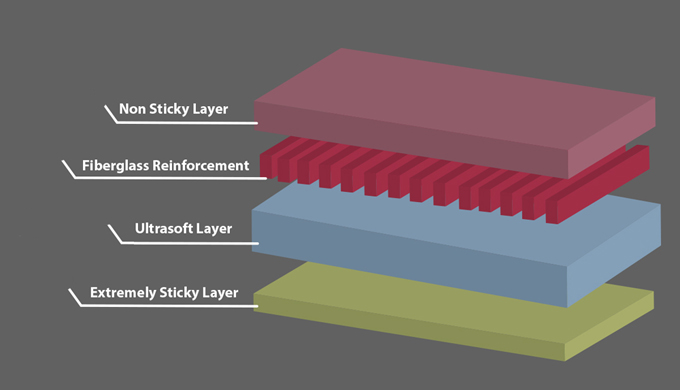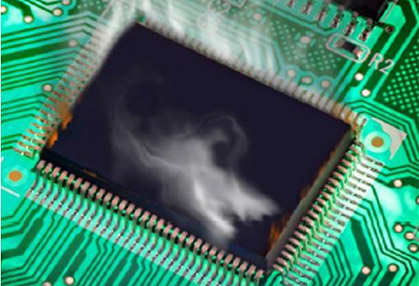News and Articles
Related Product
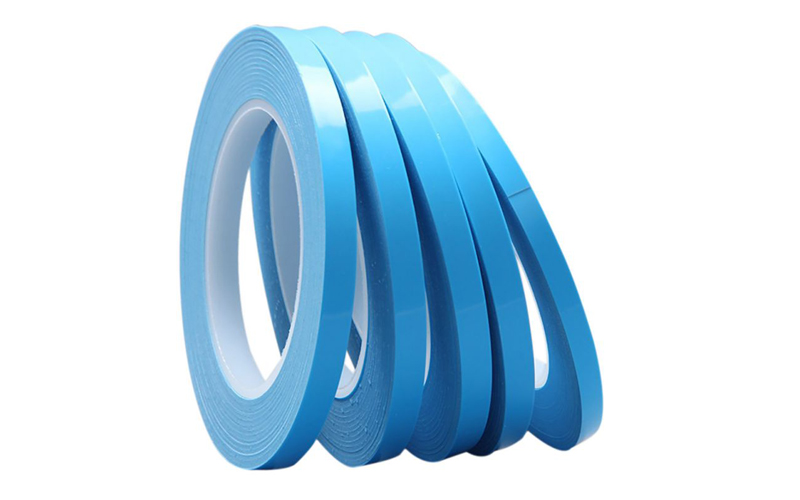

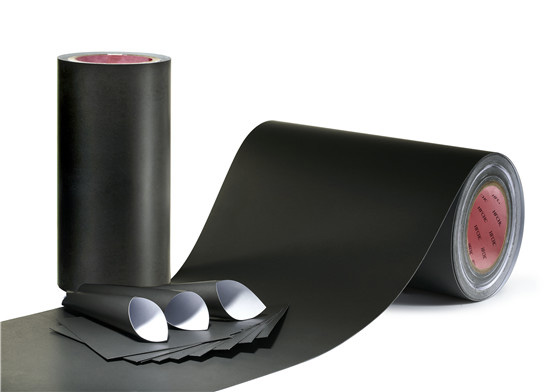

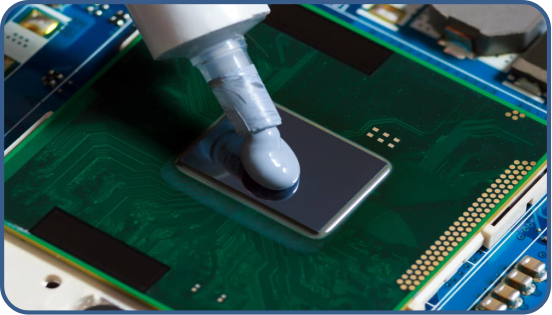

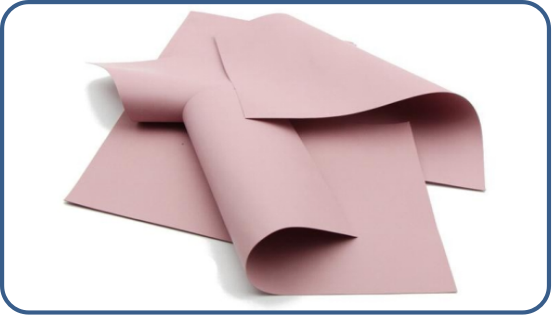

Share Article
Need to Consider Before Purchasing Thermal Pad
Thermal pads, also known as thermal interface material (TIM), are a relatively new product that has become increasingly popular due to their ability to efficiently transfer heat away from heat-generating electronic components. While they offer an improved solution to thermal management, they also come with a few considerations that need to be taken prior to purchase.
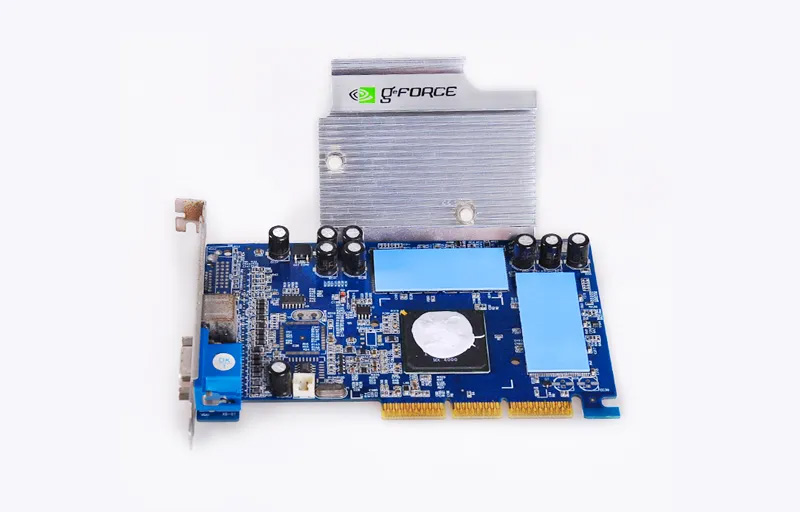
Firstly, thermal pads come in various thicknesses and materials, depending on the duty they need to perform. As a general rule of thumb, when selecting a thermal pad, you should look for one that has the lowest thermal resistance and is the most efficient at transferring heat away from the component that needs to be cooled. Thermal resistance is measured in degrees Celsius per watt (°C/W). The lower the value, the more efficient the material is at allow heat to escape.
Secondly, when selecting a thermal pad, you must also take into account the size of the component it needs to cover. Both the height and width should be taken into consideration when selecting the pad, as if the pad does not properly cover the component enough, then it will not be doing its job efficiently.
Thirdly, the surface area of the device that is to be cooled must be taken into account when selecting a thermal pad. If the surface area is too large, then the thermal pad may not properly cool the device, while a thermal pad that is too small may not provide enough coverage. Additionally, the thermal pad may have to be cut down to size and need additional pieces to be added, in order to perfectly fit the component and ensure it is effectively cooled.
Finally, when selecting a thermal pad, you must ensure that it is compatible with your device. Some thermal pads may work better with certain materials – for example, aluminum may work better with a pad made of silicone – so it is important to double check that it is compatible with your device before purchasing and applying the thermal pad.
In conclusion, thermal pads are a useful tool for cooling and transferring heat away from heat-generating electronic components. However, due to their technical nature and compatibility concerns, it is important to do researching beforehand and make informed decisions before purchasing and applying a thermal pad.

